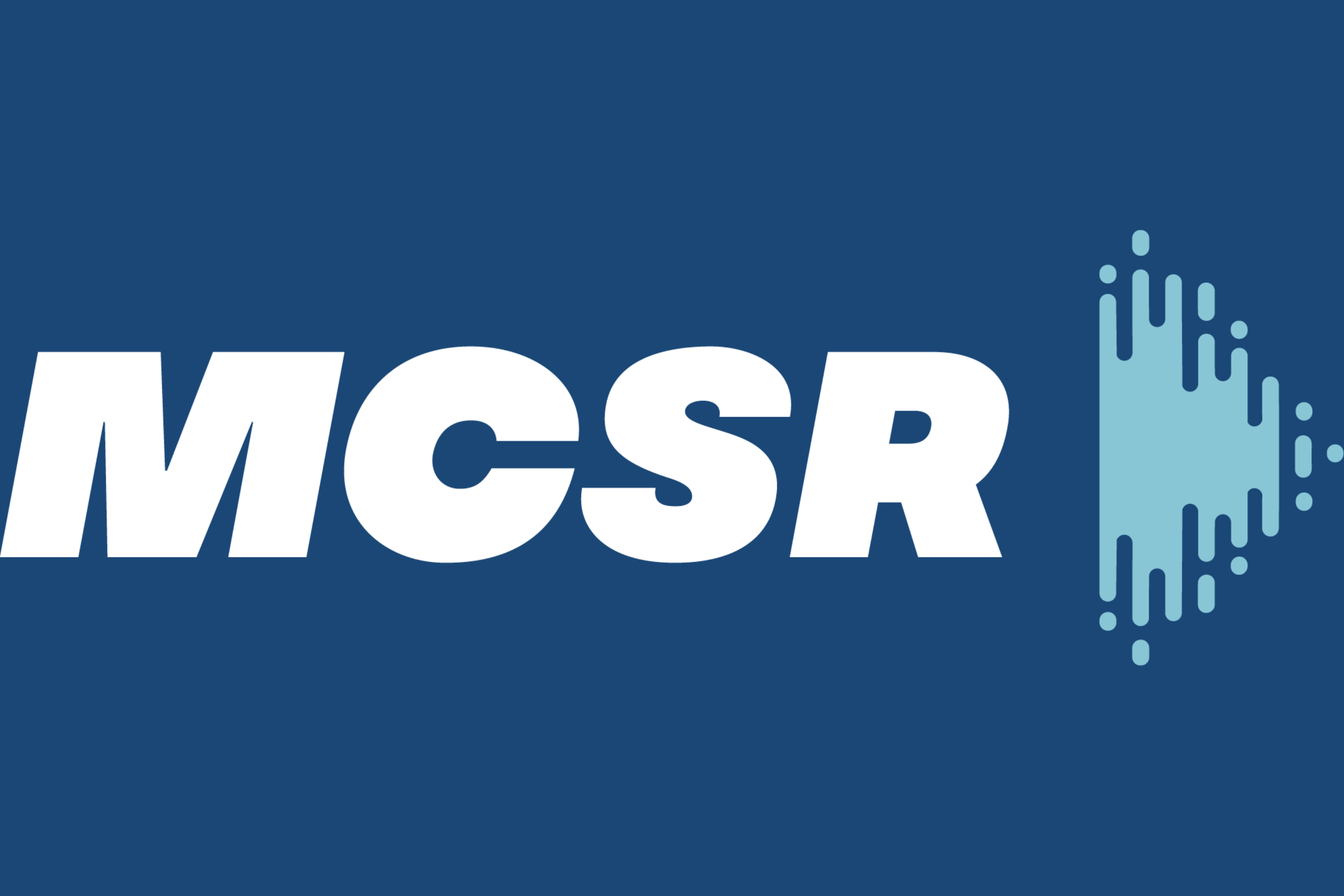Primary Prevention through Healthy Masculinity
Usually, we as a society assume that the burden of preventing rape, domestic violence, and dating violence largely falls on the shoulders of women and girls. Men are often at a loss as to how they can play a positive part in stopping sexual violence.
From MCSR's perspective, healthy masculinity advances prevention efforts by positively building boys’ and men’s knowledge and skills supporting healthy, safe relationships and communities. Some of the actions MCSR considers integral to healthy masculinity are: recognizing unhealthy aspects of masculinity that are harmful to the self and others; empathizing with the self and others; supporting gender equity and other forms of equity; replacing harmful risky and violent masculine attitudes and behaviors with emotionally intelligent behaviors and attitudes that respect the self and others; learning and using social and emotional skills to constructively challenge unhealthy masculine attitudes and behaviors expressed by others.
Collaborating to Institutionalize Prevention
Our first goal when we started the Men of Strength Club was to sustain meetings with groups of high school-age men throughout the entire school year. We then realized we could also work with them throughout the entirety of their high school career. Now our goal is for boys and young men to join a MOST Club in middle school and remain a member through high school and college. We also recognize that part of institutionalizing the Club is familiarizing adults with the Club’s programming.
Examples of institutionalizing collaboration include:
Creating an ongoing parent program that complements the messages of the MOST Club
Training teachers and administrators to support the goals and ideas of the MOST Club
Organizing and training a group of veteran MOST Club members to conduct workshops and discussions with younger students
Working with local faith-based leaders to implement a Sunday school curriculum based on the MOST Club curriculum
Training local police and school security staff about prevention and the MOST Club
Youth, organizations, agencies, businesses, and school systems together can saturate their communities with messages of healthy masculinity and prevention through sustained collaboration

